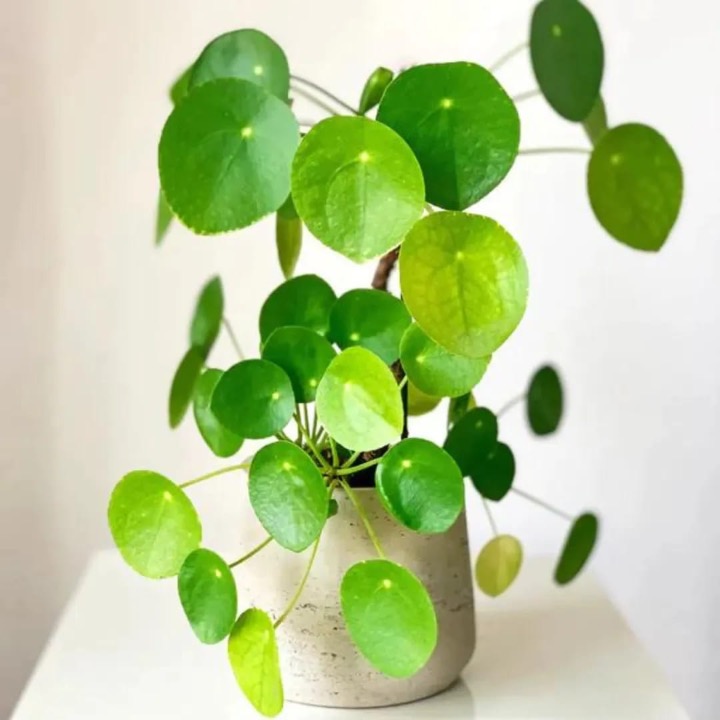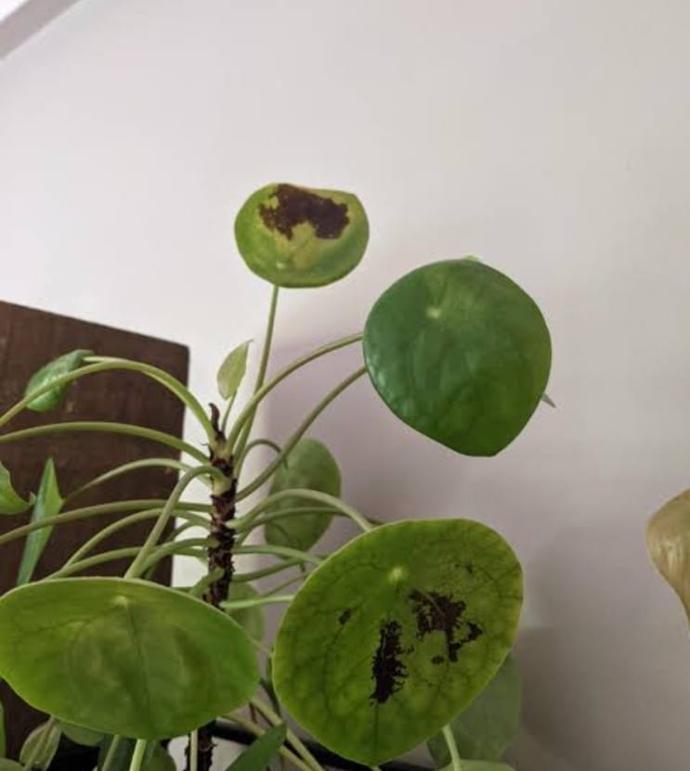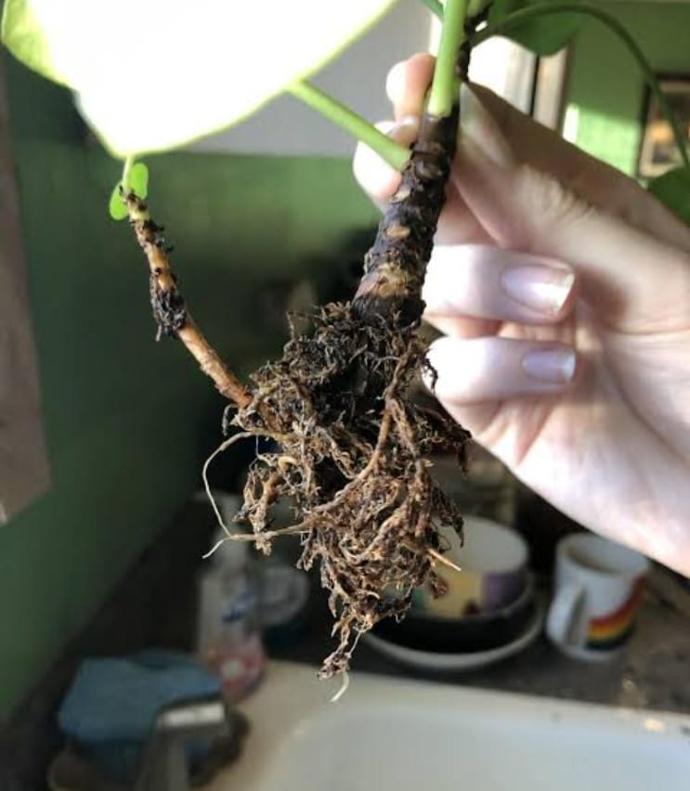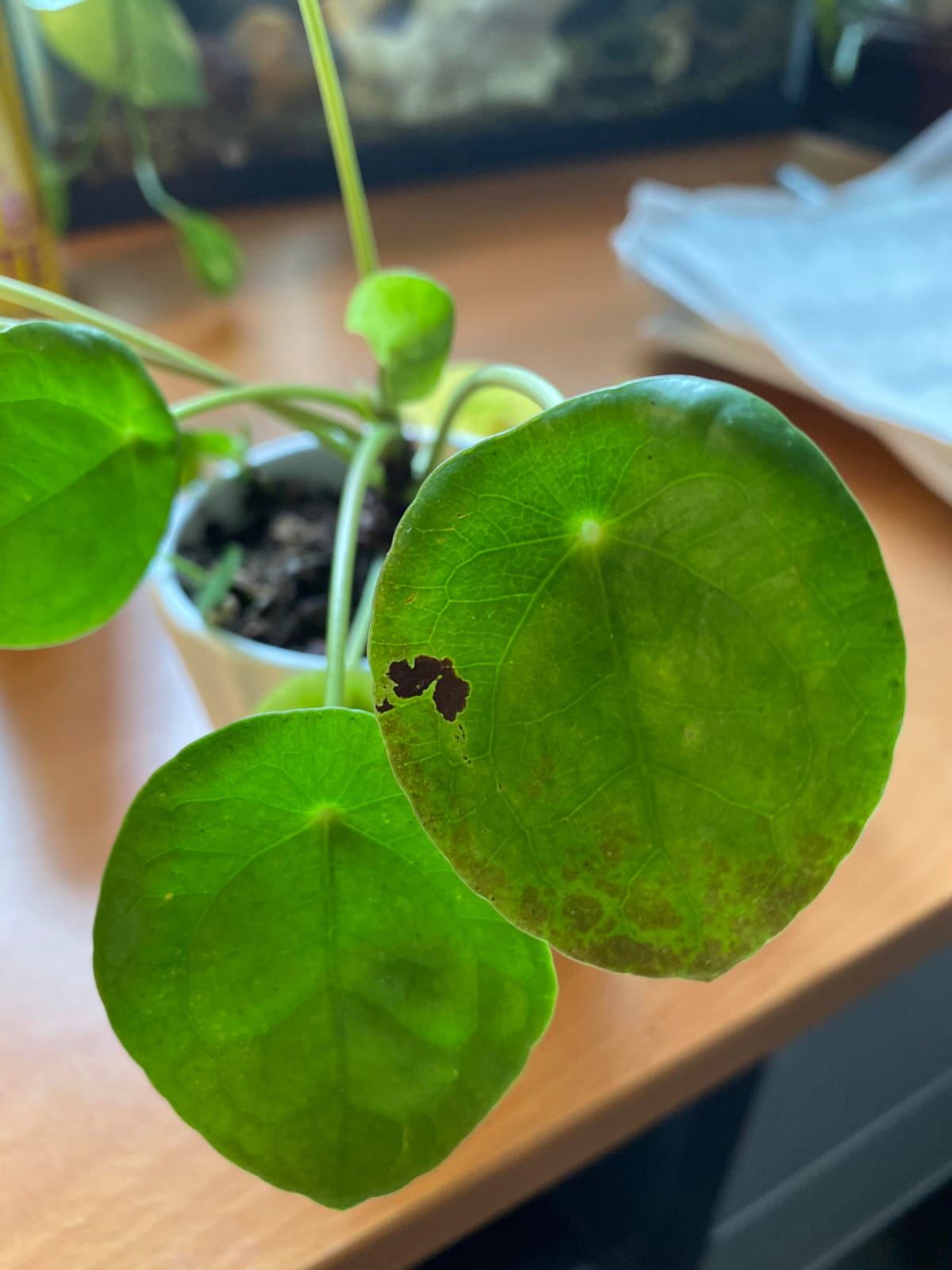Pilea Plant
PILEA HANGING, possibly referring to a specific hanging plant variety, may have varying care requirements. Generally, provide well-draining soil, appropriate sunlight, and regular watering. Pruning and fertilizing practices may vary based on the specific characteristics of this plant.
Habit
Perennial
Height
0.3 to 0.5 m
Growth
Fast
Soil
Well-drained, Loamy
Shade
Indirect light to shade
Moisture
Moist
Edible
No
Medicinal
No
Origin
Asia
Climatic Condition
Tropical, Subtropical
Temperature (°)
20°C to 30°C
Humidity (%)
60% to 80%
Potting media
50% Loam, 40% Sand, 10% Organic Matter
Fertilizers
Organic Fertilizer
Watering
Regular watering
Plant Weight
0.1 to 0.3 kg
Flowering Time
Spring to Summer
Soil Ph level
6.0 to 7.0
Water Ph level
6.0 to 7.5
Soil EC
0.5 to 0.7 mS/cm
Yield Per Plant
1 to 2 kg per plant
NPK ratio
10:10:10
life Span
2 to 3 years
Health Benefits
Ornamental, Air-purifying
Suggested Grow Media or Potting Mix ?
50% peat moss, 30% perlite, 20% compost
Suggested Fertigation/Fertilizers
Fertilize every 4 weeks with a balanced, water-soluble fertilizer.
Common Diseases and Remedies
Root or stem rot, Leaf spot, Powdery mildew.
Wilting and browning of leaves . Dark spots an the leaves . White powdery substance on the leaves .
Purning , Proper water drainage , Neem oil
HEALTH BENEFITS
· Air Purifying: Absorbs toxins and releases oxygen.
· Low Maintenance & Stress-Relief: Easy to care for, promoting relaxation.
Humidity Control: Helps maintain moisture levels in indoor air.
What Is A Pilea Plant?
Pilea is a genus of 600 to 715 climbing herbaceous plants belonging to the Urticaceae family (Nettleaceae). Pilea peperomioides, also known as the Chinese money plant, is an upright evergreen perennial. It is characterized by glossy dark green circular leaves. Easy to care for plants that tolerate dry conditions and low light. It is characterized by its pelleted, coin-shaped leaves. This plant can grow in both higher and lower light conditions and can tolerate many droughts and stresses.

What Are The Different Types of Pilea ?
1.Pilea Repens:-
This Pilea has mostly black leaves and clusters of small white flowers.
2.Jamaican Pilea (Pilea Grandifolia):-
This herbaceous Pilea has delicate stems and glossy leaves.
3.Silver Cloud (Pilea pubescens):-
This showy ornamental plant has silvery leaves with maroon edges.
4.Friendship Plant (Pilea involucrata):-
This hanging plant has apple-green leaves and a bronze center. This plant is thought to be native to tropical and subtropical America.
5.Silvertree Pilea (Pilea spruceana):-
This plant is native to Bolivia and Peru and has a broad silvery stripe down the center of its leaves.

How to care for Pilea plants?
1.Location:-
Pilea plants grow best in warm temperatures of 75-80°C during the day and 10°C cooler at night.
2.Sunshine:-
Pilea grows in bright indirect to dappled sunlight.
3. Soil:-
Pilea plants require a well-drained potting soil, especially one with drainage holes. The soil should be almost dry between waterings.
4.Hydration :-
Water your Pilea once a week. However, only when the soil is dry. You can check the soil by pushing in with your thumb 1 inch.

5.Nourshiment:-
Pilea plants do not require much care or fertilizer. If you decide to fertilize your Pilea, use a high-quality natural fertilizer sparingly during the spring and summer growing season.
6.Issues:-
Yellowing of leaves can be caused by improper watering or lack of nutrients. Too much water will cause the tips of the leaves to turn yellow, and too little water will cause the entire leaf to turn yellow or become hazy. Improper watering can cause leaf drop.
What are the benefits of the Pilea plant?
This plant acts as an anti-radiation agent for homes and offices emitted by computers, laptops, and mobile phones. Plants are natural air purifiers that remove toxins and pollutants from the air. This plant is easy to care for and easy to propagate.

FAQ's About Growing Pilea
1. How much water does a Pilea plant need?
Pilea plants need to be watered moderately, but not too much.
2. Can Pilea survive without leaves?
As long as the leaves are still attached to the main stem, the Pilea can return to its normal shape.
3. Do Pileas need sun?
Pileas grow in bright indirect to dappled sun.
4. Does Pilea need fertilizer?
Pileas are not large feeders. Fertilization is required during the spring and summer growing season.
5. Is Pilea difficult to grow?
Pilea peperomiodes is a simple plant suitable for beginners as it is very tolerant of oversights in watering and feeding.


